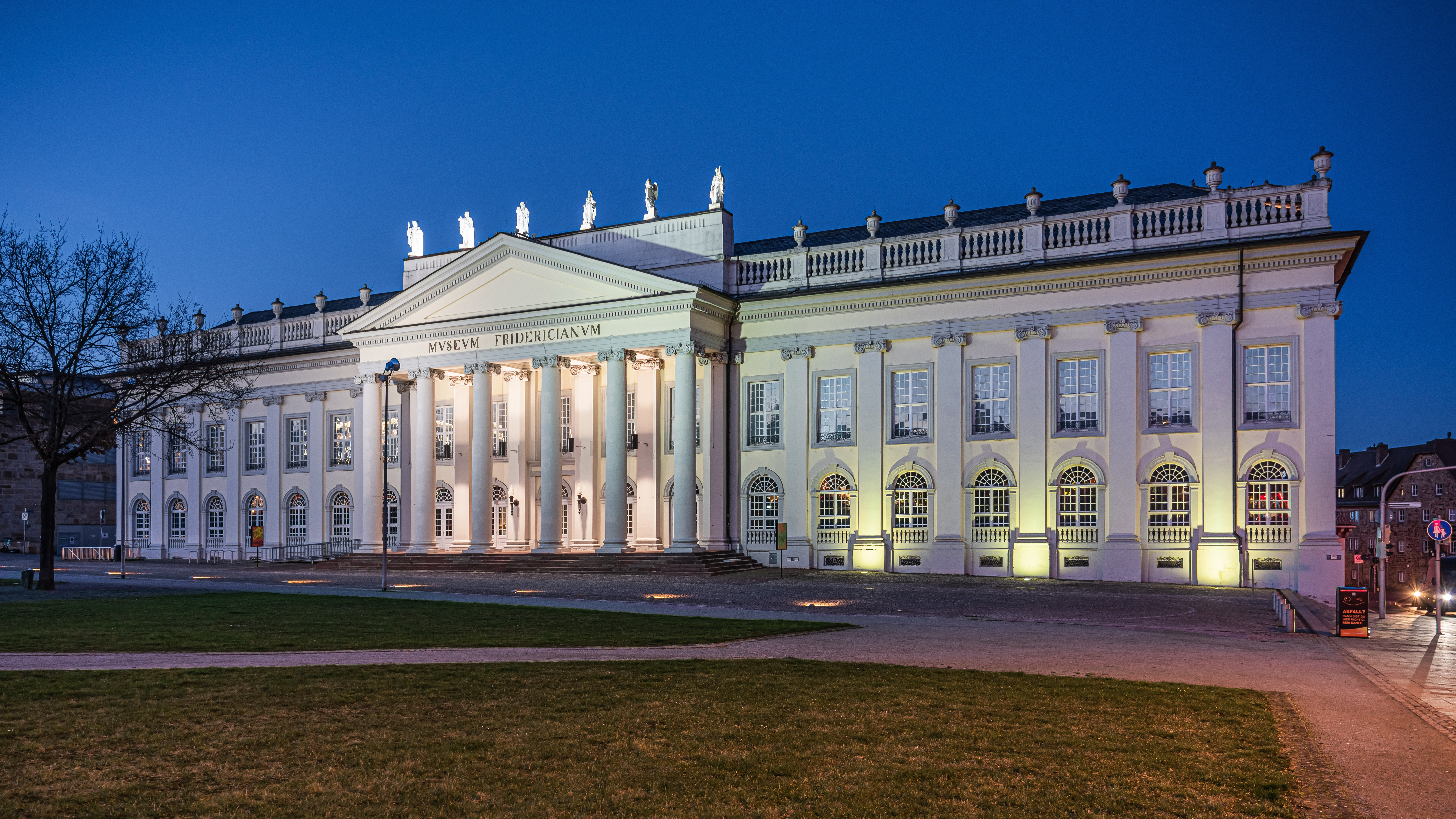|
Secular Building
A secular building is a building for secular purposes. The term is used in fine arts and the cultural science, for example in the history of architecture The history of architecture traces the changes in architecture through various traditions, regions, overarching stylistic trends, and dates. The beginnings of all these traditions is thought to be humans satisfying the very basic need of shelt ..., to define the secular buildings and its usage from each other, and to standardardise. The antonym of "secular building" is the " religious building", which clerical or religious purpose is reserved. Examples of secular buildings are museums, townhalls, university buildings and railway stations. The design and style of such buildings is often referred to as profane architecture. References * Wilfried Koch: ''Baustilkunde – Europäische Baukunst von der Antike bis zur Gegenwart'' (in German), page 27, edited edition 2006, {{Authority control Buildings and structures by typ ... [...More Info...] [...Related Items...] OR: [Wikipedia] [Google] [Baidu] |
Kassel Asv2022-02 Img22 Fridericianum
Kassel (; in Germany, spelled Cassel until 1926) is a city on the Fulda River in northern Hesse, in central Germany. It is the administrative seat of the Regierungsbezirk Kassel and the district of the same name, and had 201,048 inhabitants in December 2020. The former capital of the state of Hesse-Kassel, it has many palaces and parks, including the Bergpark Wilhelmshöhe, which is a UNESCO World Heritage Site. Kassel is also known for the ''documenta'' exhibitions of contemporary art. Kassel has a public university with 25,000 students (2018) and a multicultural population (39% of the citizens in 2017 had a migration background). History Kassel was first mentioned in 913 AD, as the place where two deeds were signed by King Conrad I. The place was called ''Chasella'' or ''Chassalla'' and was a fortification at a bridge crossing the Fulda river. There are several yet unproven assumptions about the origin of the name. It could be derived from the ancient ''Castellum Catto ... [...More Info...] [...Related Items...] OR: [Wikipedia] [Google] [Baidu] |
History Of Architecture
The history of architecture traces the changes in architecture through various traditions, regions, overarching stylistic trends, and dates. The beginnings of all these traditions is thought to be humans satisfying the very basic need of shelter and protection. The term "architecture" generally refers to buildings, but in its essence is much broader, including fields we now consider specialized forms of practice, such as urbanism, civil engineering, naval architecture, naval, military engineering, military, and landscape architecture. Trends in architecture were influenced, among other factors, by technological innovations, particularly in the 19th, 20th and 21st centuries. The improvement and/or use of steel, cast iron, tile, reinforced concrete, and glass helped for example Art Nouveau appear and made Beaux-Arts architecture, Beaux Arts more grandiose. Paleolithic Humans and their ancestors have been creating various types of shelters for at least hundreds of thousands of ye ... [...More Info...] [...Related Items...] OR: [Wikipedia] [Google] [Baidu] |
Sacral Architecture
Sacral architecture (also known as sacred architecture or religious architecture) is a religion, religious architecture, architectural practice concerned with the design and construction of place of worship, places of worship or sacred or intentional space, such as Church architecture, churches, Mosque#Architecture, mosques, stupas, synagogue architecture, synagogues, and temples. Many cultures devoted considerable resources to their sacred architecture and places of worship. Religious and sacred spaces are amongst the most impressive and permanent monolithic architecture, monolithic buildings created by humanity. Conversely, sacred architecture as a locale for meta-intimacy may also be non-monolithic, ephemeral and intensely private, personal and non-public. Sacred, religious and holy structures often evolved over centuries and were the largest buildings in the world, prior to the modern skyscraper. While the various styles employed in sacred architecture sometimes reflected tren ... [...More Info...] [...Related Items...] OR: [Wikipedia] [Google] [Baidu] |


